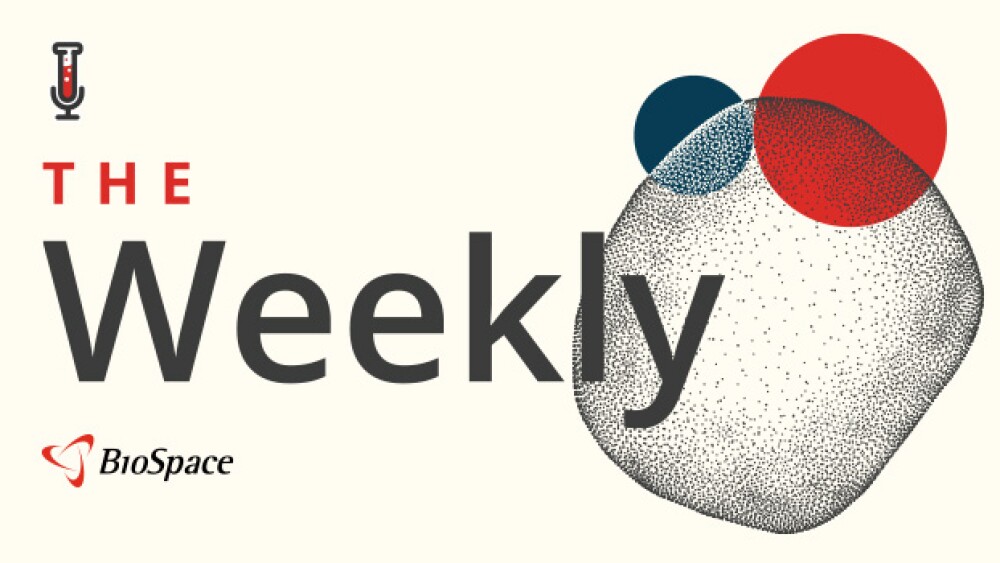Preserving beta cell function in individuals at all stages of type 1 diabetes (including at-risk) and even those with insulin-dependent type 2 diabetes could mean a number of things, all of which have the potential to result in a tremendous improvement in the quality of life for those living with the disease:
- Individuals might develop the disease at a slower rate, or perhaps never even develop the onset of type 1 diabetes
- Individuals with type 1 diabetes might require less or even no insulin
- Individuals with type 1 diabetes could potentially have more stable blood sugar levels and reduced risk of hypoglycemia
- All of the above could mean less risk of short- and long-term complications for those living with the disease
“Developing therapies that will preserve beta cell function could solve one of the fundamental challenges facing researchers. If we can devise treatments to protect functional beta cell mass, it may be possible to slow the progression of type 1 diabetes or prevent it entirely in individuals at risk for the disease,” said Patricia Kilian, Ph.D., Director of Beta Cell Regeneration for JDRF.
The joint program funds research to identify specific molecules involved in beta cell survival and death. “If we can then discover and develop drugs that pinpoint these vulnerable areas, we could have a new approach to preserving beta cell function in type 1 diabetes,” added Kilian.
Initially announced in December 2009, the program has funded three promising beta cell research projects at leading academic laboratories – and the expanded program intends to double the number of jointly funded projects, thereby accelerating the translation of basic research into potential beta cell therapies for diabetes.
“This partnership is a prime example of how JDRF is working with companies to translate promising academic research into clinical realities for people with type 1 diabetes,” said Karin Hehenberger, M.D., Ph.D., Senior Vice President of Strategic Alliances for JDRF. “It harnesses the strengths of both JDRF and COSAT to identify and support research ideas that may produce novel insights about the disease and new targets to advance the drug discovery and development process.”
Bridging the Gap
JDRF’s partnership with COSAT is an integral part of a larger organizational initiative that addresses promising areas of research together with industry. Many promising early-stage diabetes technologies discovered within academia often don’t move on to become therapies due to a lack of funding. By supporting these novel technologies, we can ensure they make their way through to industry where they can be tested fully and ultimately developed into products for patients.
JDRF and COSAT, working with Johnson & Johnson Pharmaceutical Research & Development, LLC (J&JPRD), are soliciting grant proposals from academia and medical research institutions for one- or two-year projects. Funding recommendations will be led by a combined review committee consisting of representatives from JDRF, COSAT, and J&JPRD, with oversight from a Scientific Advisory Board and JDRF volunteers.
About JDRF
JDRF is the leader in research leading to a cure for type 1 diabetes in the world. It sets the global agenda for diabetes research, and is the largest charitable funder and advocate of diabetes science worldwide.
The mission of JDRF is to find a cure for diabetes and its complications through the support of research. Type 1 diabetes is an autoimmune disease that strikes children and adults suddenly, and can be fatal. Until a cure is found, people with type 1 diabetes have to test their blood sugar and give themselves insulin injections multiple times or use a pump – each day, every day of their lives. And even with that intensive care, insulin is not a cure for diabetes, nor does it prevent its potential complications, which may include kidney failure, blindness, heart disease, stroke, and amputation.
Since its founding in 1970 by parents of children with type 1 diabetes, JDRF has awarded more than $1.5 billion to diabetes research, including more than $107 million last year. More than 80 percent of JDRF's expenditures directly support research and research-related education. For more information, please visit www.jdrf.org.




